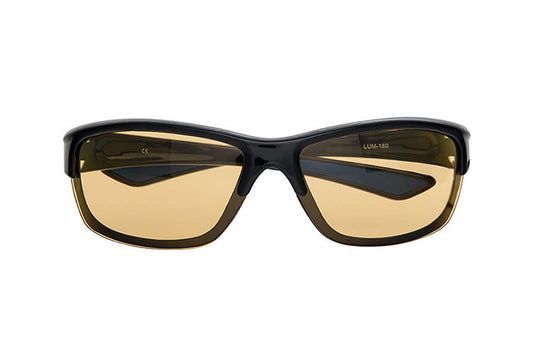Improve Night Vision with Night Driving Glasses
Are You in the Dark About Night Driving Glasses?
If you run into chairs and step on the cat stumbling to the bathroom at night or have more difficulty driving as light levels get lower, you are not alone. While the human eye has not evolved to see well in the dark, the daily habits of modern digital life and our addiction to technological devices, don’t do us any favors either.Statistically, more accidents happen at night than in the daylight for drivers of all ages. Wearing night driving glasses can help by reducing glare from oncoming traffic.
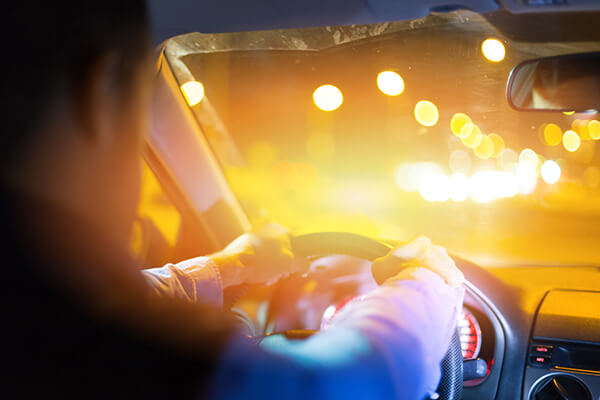
Why is my vision worse driving at night?
There are a few reasons why you may find yourself unable to see as well driving at night. Here are a few explanations.
We’re just built that way.
In humans, nighttime vision differs from daytime vision. In darkness, visual acuity is poor and our eyes can see only a fraction of what they see in daylight, so human vision is naturally poorer at night. That cat you stepped on, however, has eyes superbly adapted to seeing in the dark. The main reason is cats have more rods than cones in their retinas than humans. Rods are receptors used for seeing movement or at night while cones are used in the daytime and process color information.Our modern digital life.
Another difference between cats and humans - cats don’t stare at digital devices. Even the cats you see in those cute videos staring at iPads don’t do it for the sheer number of hours that humans do. Focusing up close is not natural for us and the human eye was not developed to spend all day focusing on computers, phones, televisions, and tablets. Doing so exposes us to blue light and causes near-point stress and eye strain.Blue light is the light that digital devices emit that can be harmful. Read our article on blue light to learn more.
Near-point stress is when the muscles of the eye strain and work very hard to focus on something close. It can cause headaches, eyelid twitching, burning or watery eyes, and sometimes difficulty concentrating.
Age is a factor.
We may not want to admit it but one of the most common reasons we have trouble driving at night is the deterioration of our eyes due to age. As we get older, the lens in the eye becomes less clear and grows cloudy, making it increasingly difficult to see in lower light conditions. The pupil, which allows light to enter, begins to shrink and dilate less, causing less light to enter the retina. As if that weren’t bad enough, our peripheral vision diminishes as well as our ability to see moving objects.
Another cause can be uncorrected myopia, a fancy name for nearsightedness. Even with vision correction, nearsighted people may find it is worse when their pupils dilate in the dark.
In more rare cases….
You could be suffering from something called night blindness. While it may sound like it, night blindness is not a complete lack of vision at night but a lower-than-average ability to see at night or in low light. It is not a disorder in itself, but rather a symptom of an underlying condition. Things like cataracts, macular degeneration, certain genetic disorders, or a vitamin A deficiency can cause night blindness.
Night Driving – Why You Should Wear Night Driving Glasses
It can take around 20 minutes for our eyes to focus in the dark. Our eyes adjust by dilating the pupils aka making them larger so they can take in more light. A dilated pupil, however, cannot change focus quickly and has a reduced ability to change focus between objects that are close and objects that are far away. It also takes a bit to focus between dark and light. This impacts night driving because unless you live in the middle of the wilderness, you are going to encounter streetlights or oncoming headlights. It may take a bit to focus and your vision may be temporarily blurred because your pupils dilate to block out the light. Just as it takes a while for your eyes to adjust when you enter a dark room, it also takes time for your eyes to adjust when a headlight appears. In heavy or fast moving traffic or in the city, your pupils must constantly alternate between light and dark and may never fully adjust.
This temporary blurriness may not be as much a problem in our everyday lives, except maybe for the cat, but it’s a real problem when you’re hurtling down a highway or driving on a dark country road. Statistically, many more accidents happen at night than in the daylight for drivers of all ages.
What can we do for better night vision?
It is often suggested to drivers to look slightly away from oncoming headlights. While this may work for a short time, it is not a permanent solution. In the end, many people just avoid driving at night to be safe and avoid an accident. Not a good nor convenient option for most of us so here are some tips for better night driving.
Take eye health seriously.
First and foremost, we should maintain good eye health. We can’t stop our eyes from aging but we can make sure we get our eyes checked regularly by a doctor so any eye conditions can be treated and monitored. In addition, the advice we hear for pretty much everything these days - good nutrition, exercise, and overall healthy habits – apply to eye health as well.
Wear night vision glasses for driving.
And not the kind you see in movies on soldiers and SWAT teams either. LUMIN night driving glasses can help to reduce the glare at night and enable better night vision.
Maintain your car.
It may sound like a no-brainer but making sure your windshield, mirrors and windows are clean will go a long way to helping you see better at night. Dirt and debris scatter light particles making conditions seem darker than they are. You can also make sure vents are not pointed at your face. Blowing air can cause discomfort and eye irritation and can impair vision by causing watery eyes. If you can, it is also helpful to dim your dashboard and interior lights to reduce reflections.
Be a responsible driver.
Following too closely is never a good idea but it should definitely be avoided at night and when the weather is bad. Not only is your own vision worse at night so stopping time may be increased, the closer you are, the brighter your headlights are for the other driver. Oh and mind the high beams, they can cause temporary blindness in oncoming drivers who aren't wearing night driving glasses.
Take regular breaks.
Most of us are guilty of wanting to get where we’re going as quickly as possible. But it's always advisable to take regular breaks. This especially applies when traveling long distances, especially overnight. Stop for a rest at least every two hours to avoid eye fatigue and drowsiness. Singing, rolling the windows down, and eating your weight in candy will only go so far in keeping you alert. Better to stop for a rest and some fresh air instead.
And remember to wear your LUMIN night driving glasses. Happy driving!
-
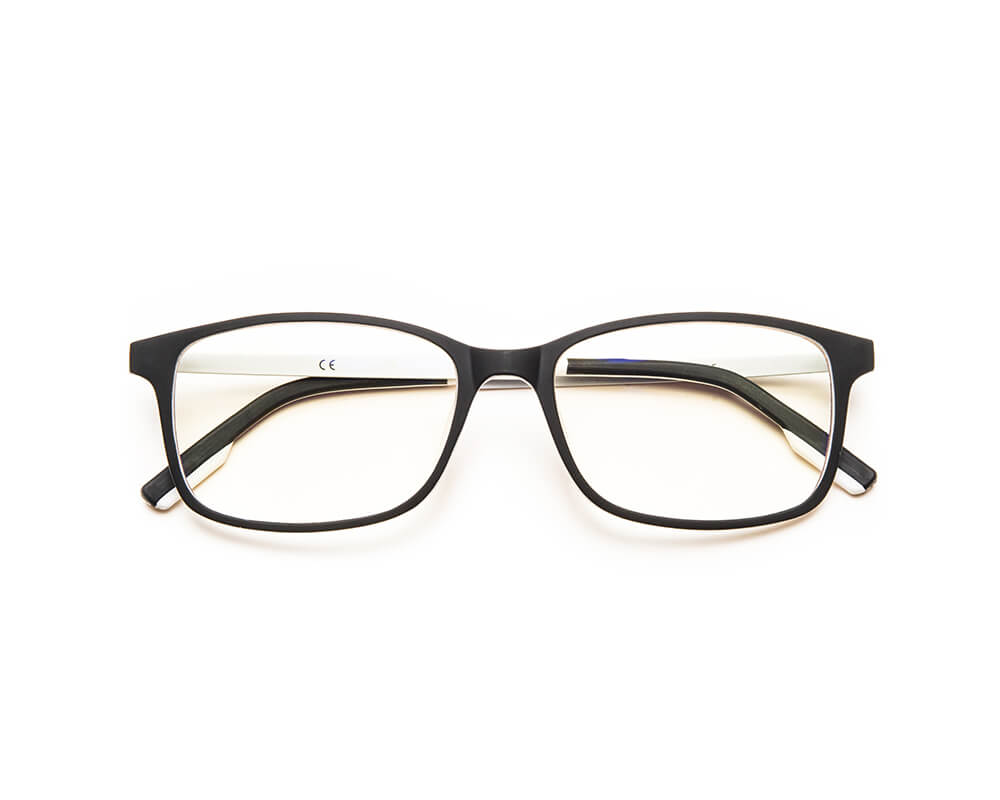
PROSPEK-Balance
PROSPEK Balance Everyday protection with a natural, clear look. PROSPEK Balance filters harmful...
-
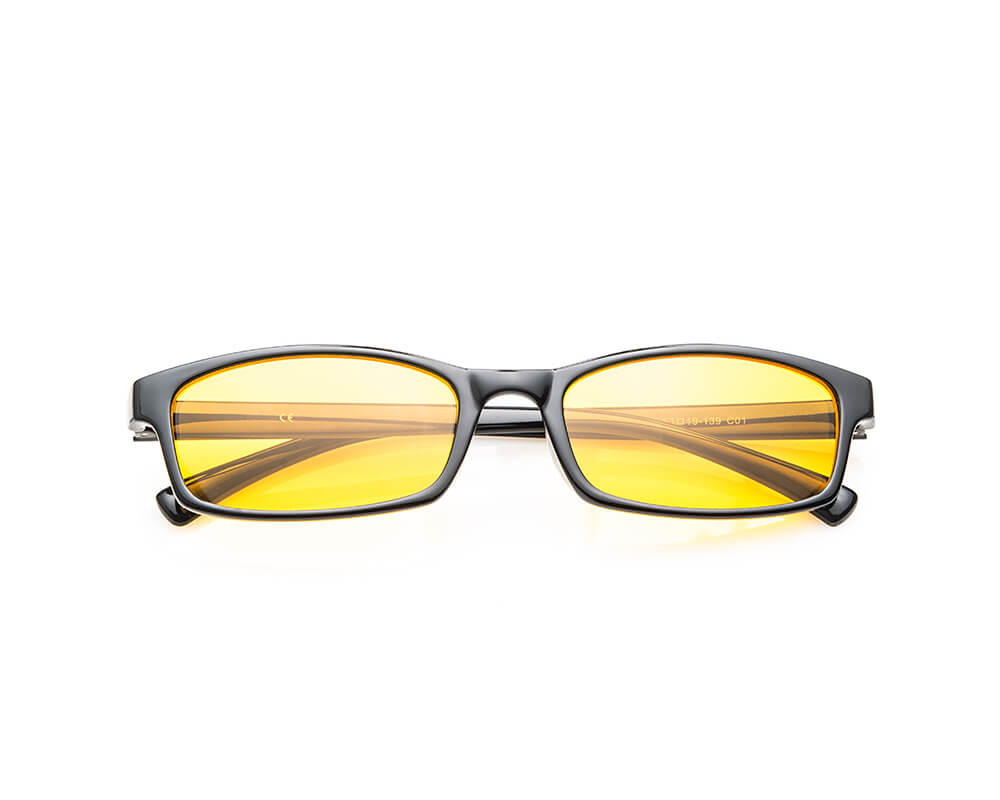
PROSPEK-Max
PROSPEK Max Maximum defense against digital eye strain. PROSPEK Max features amber-tinted...
-
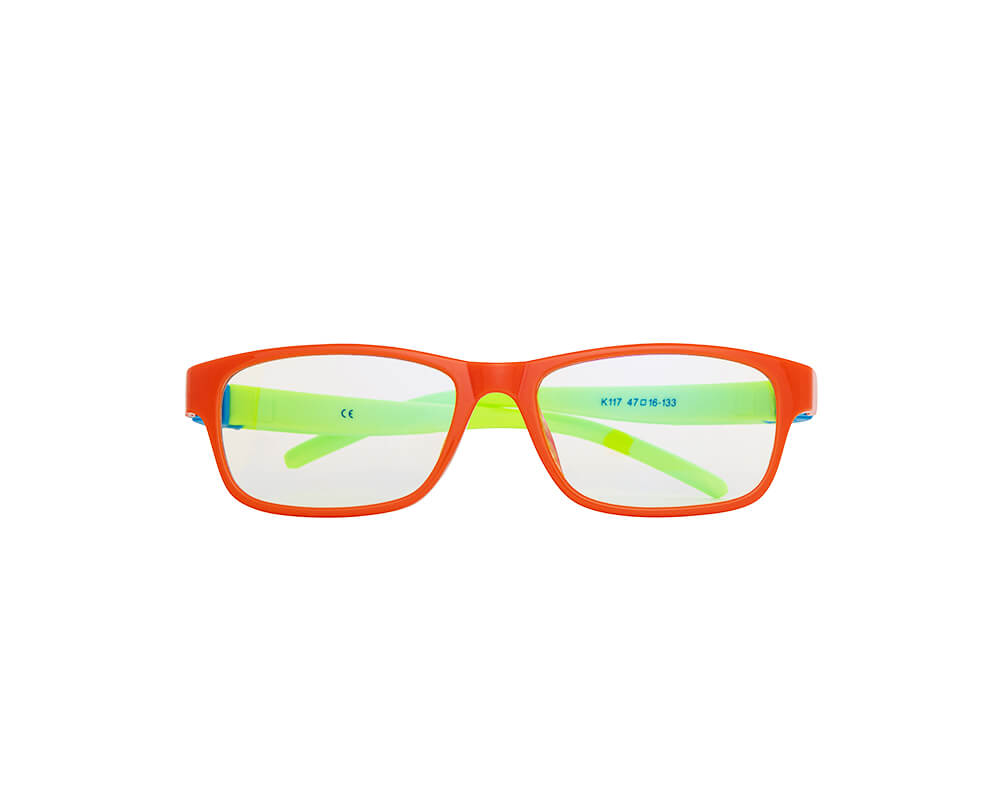
PROSPEK-Clear Kids
Finding glasses that can stand up to a kid’s lifestyle can be...

